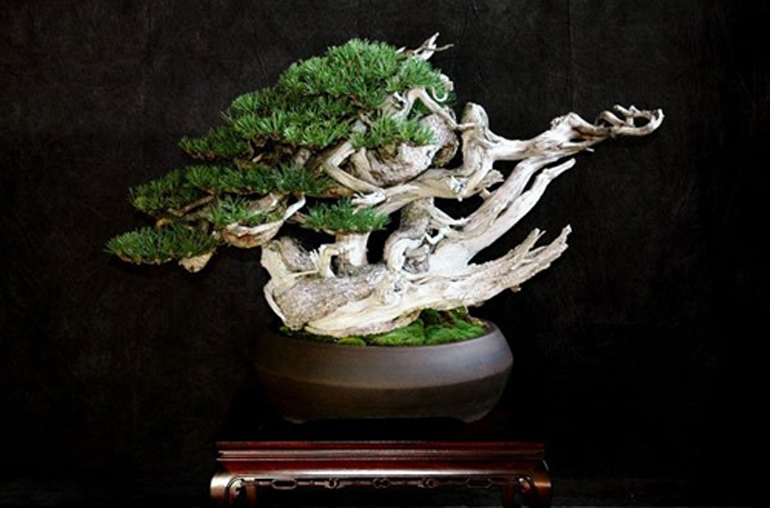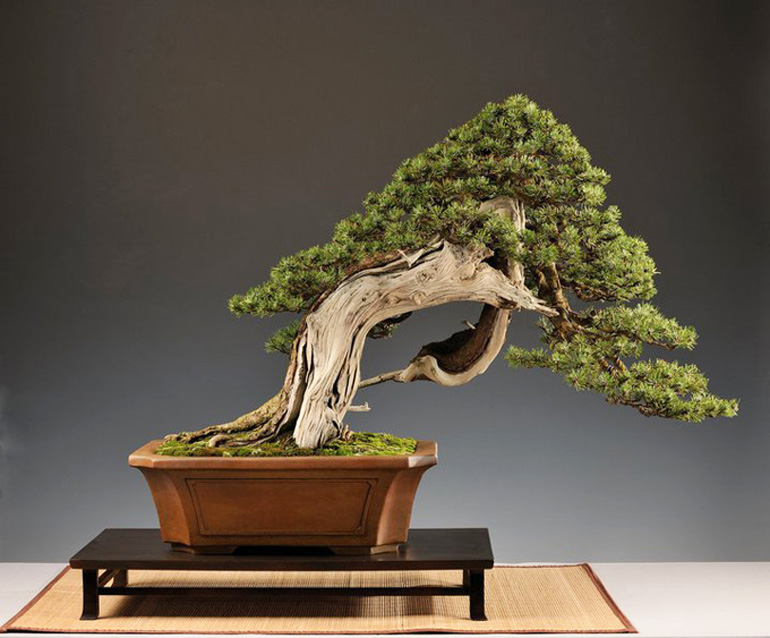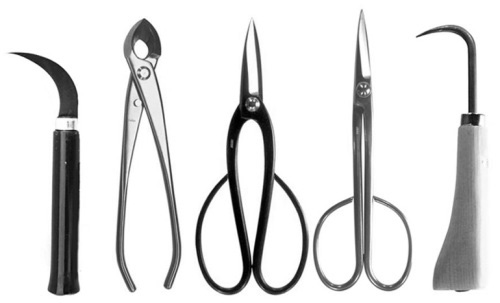
This wild and wonderful mugo pine was posted by Sandro Segneri of the Bonsai Creativo School and Academy.
Still too busy, so we’ll dip down into our archives again. Most of what you see here originally appeared here in February, 2010. The exceptions are the tree at the bottom (from a Feb, 2011 post) and comments added today.
There are at least two things that come to mind when I look at the wild Mugo pine above. First, it represents a break with traditional bonsai styles, particularly traditional Japanese bonsai. It just doesn’t look like what bonsai looked like not that long ago.
The second thing is, it’s a Mugo pine. It wasn’t too long ago that the only pine bonsai you’d see were Japanese whites and blacks. Especially in Japan. Gradually, as bonsai spread to the west, other varieties started showing up. Now, mugos are becoming quite common, and for good reason; their needles are small, they are tough, and, over time they show a lot of character (most of the best mugos you see these days were collected in the mountains of Europe).
Note from the present (December, 2015): Another break with tradition is pines dominated by deadwood. Most of the earlier deadwood dominated trees were Junipers. One good reason for this is Juniper deadwood lasts longer (rots slower) than deadwood on pines and most other trees. Now however, with all the great yamadori (bonsai collected from wild) in both Europe and North America, you see lots of deadwood on pines and other types of trees (Yews are a favorite).
Pirates
At least one blog has been pirating our posts, lock stock and barrel; but without our links and without any attribution to bonsai bark, or Stone Lantern. If you are reading this on any website or blog that is not ours, and is not attributed to us, then it has been pirated. Please visit us at bonsaibark.com. Thank you (this was written almost six years ago and they are still at it).

This powerful, well groomed yet craggy Mugo pine is reminiscent of the revolutionary Japanese bonsai (mostly junipers) back in the 80s and 90s. It belonged to Carlos van der Vaart when we originally posted it back in February 2011. Like the one above, it was most likely collected in the mountain of Europe (probably the Alps).
